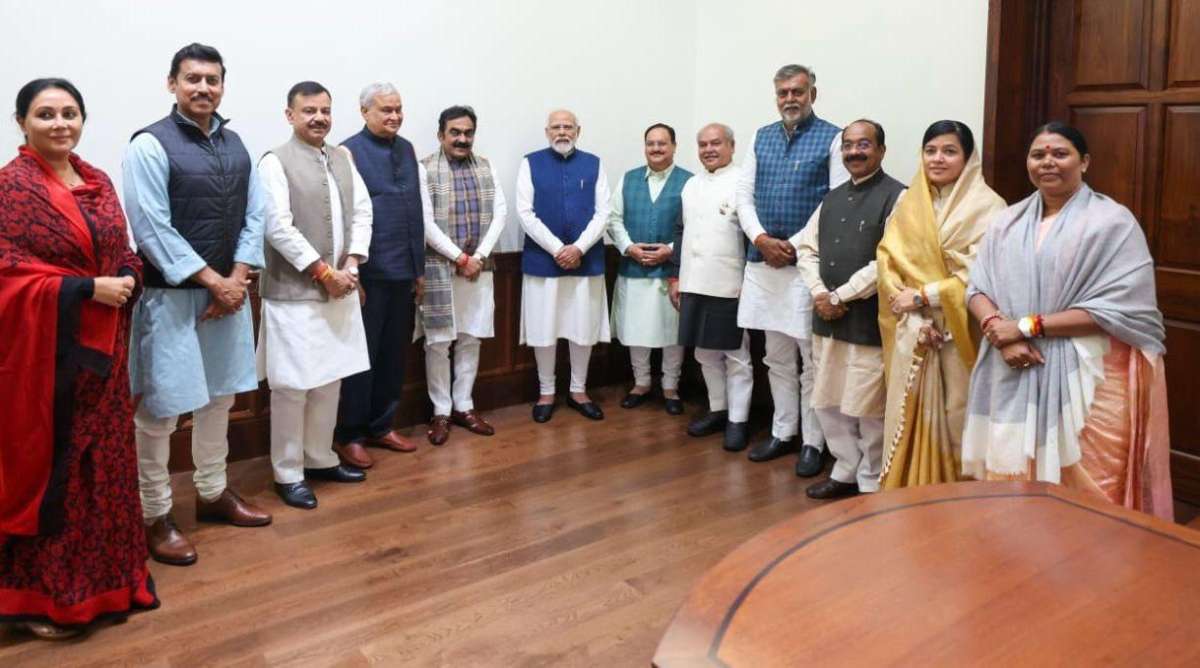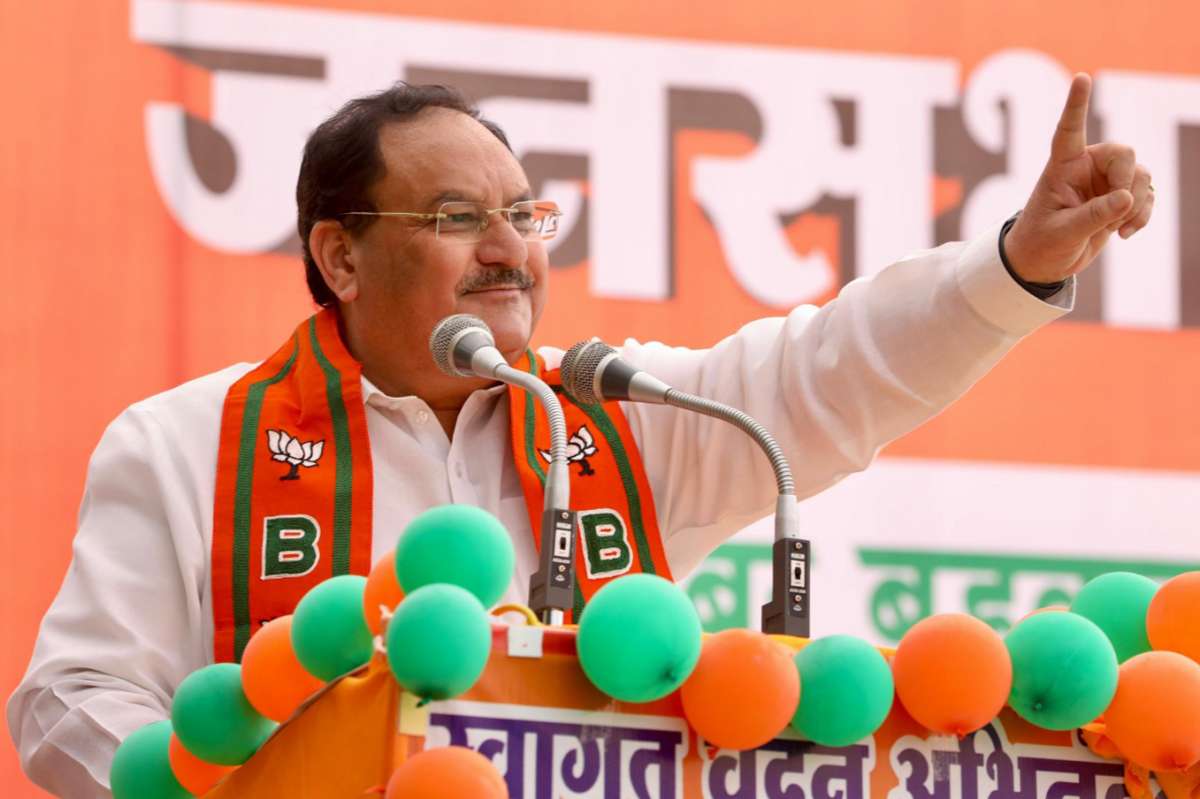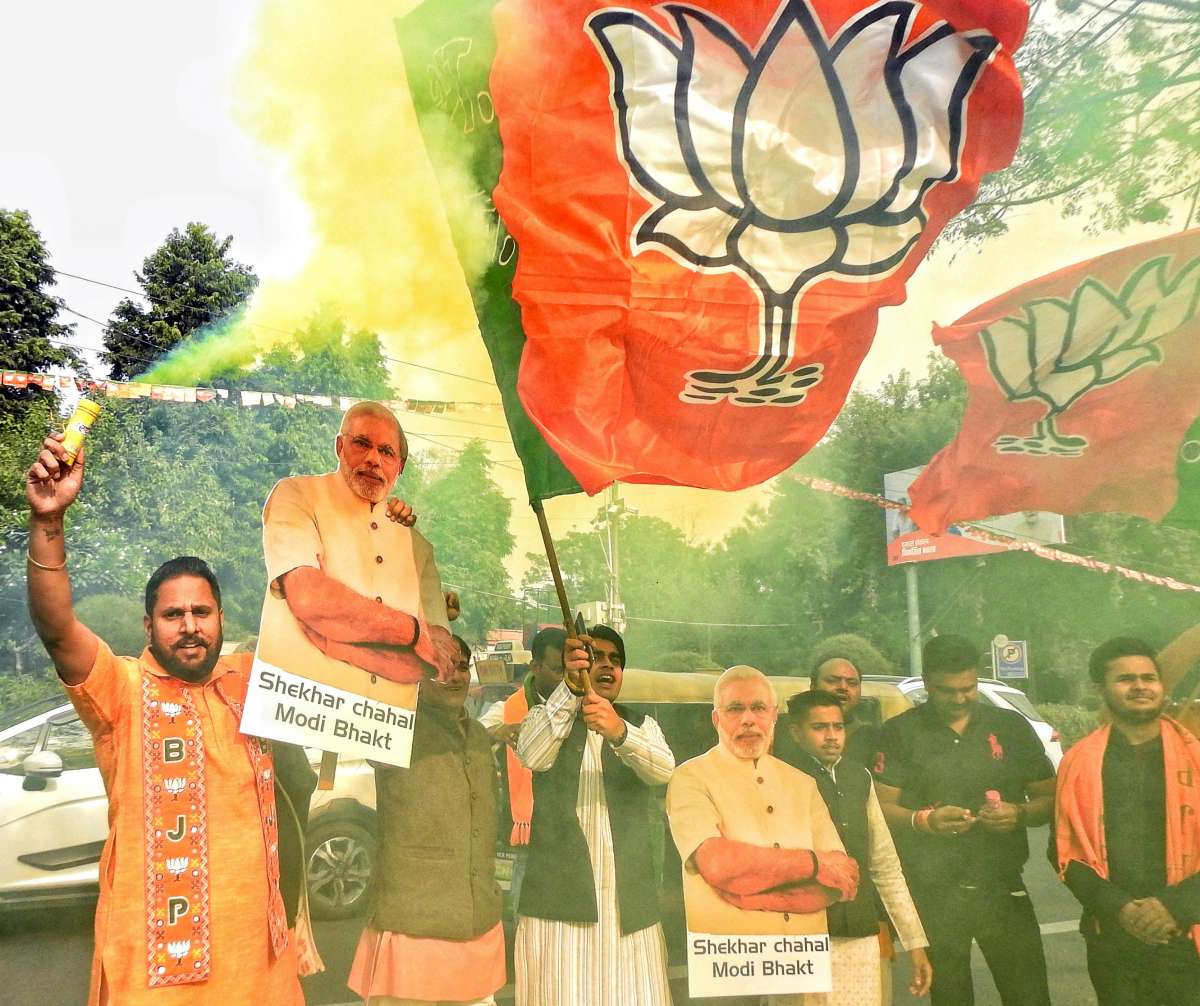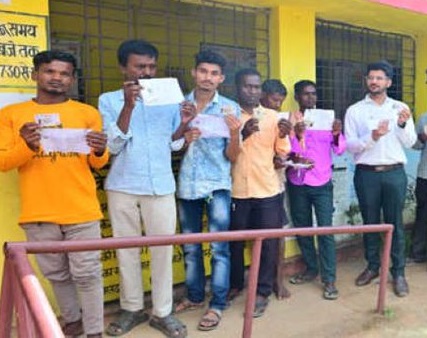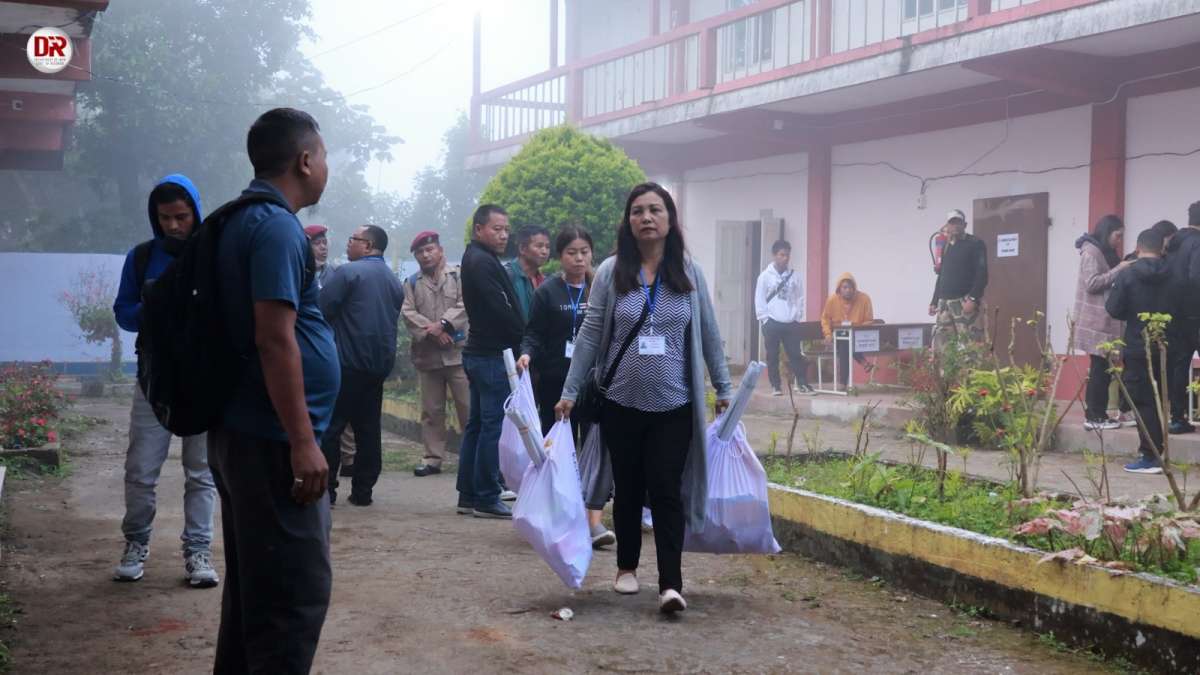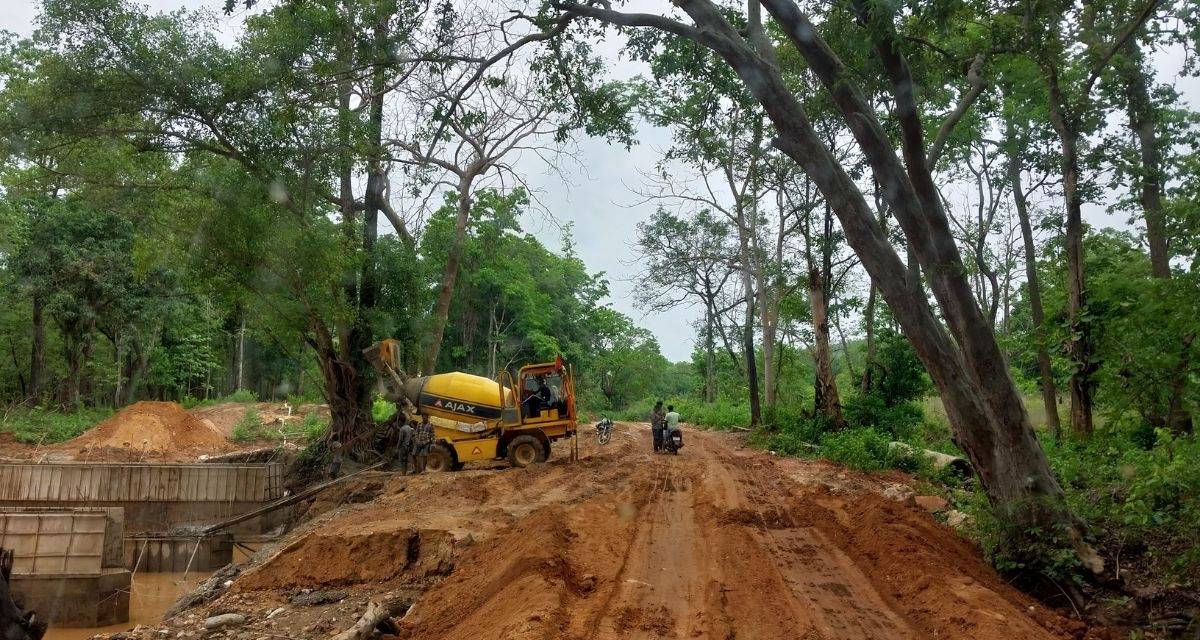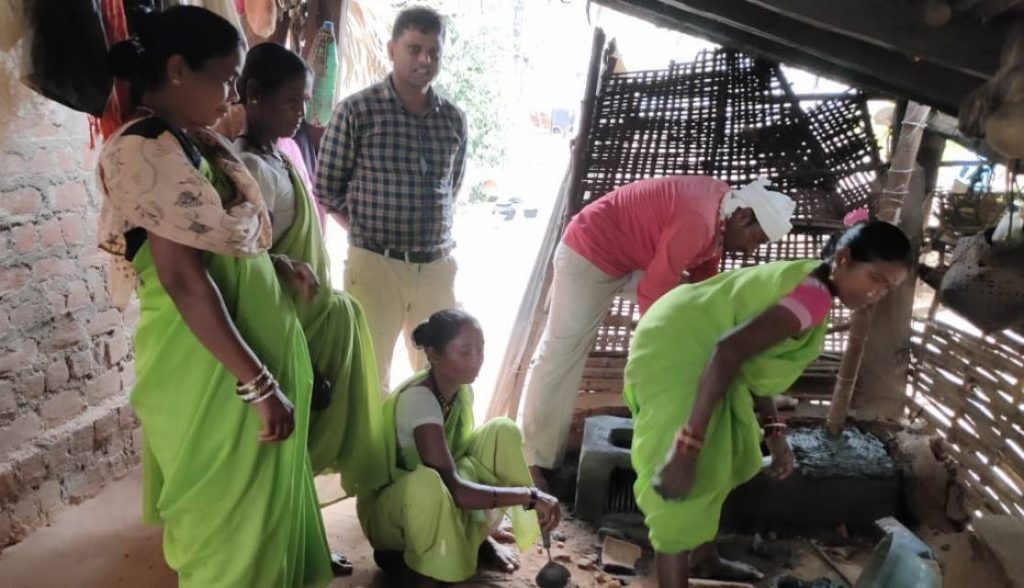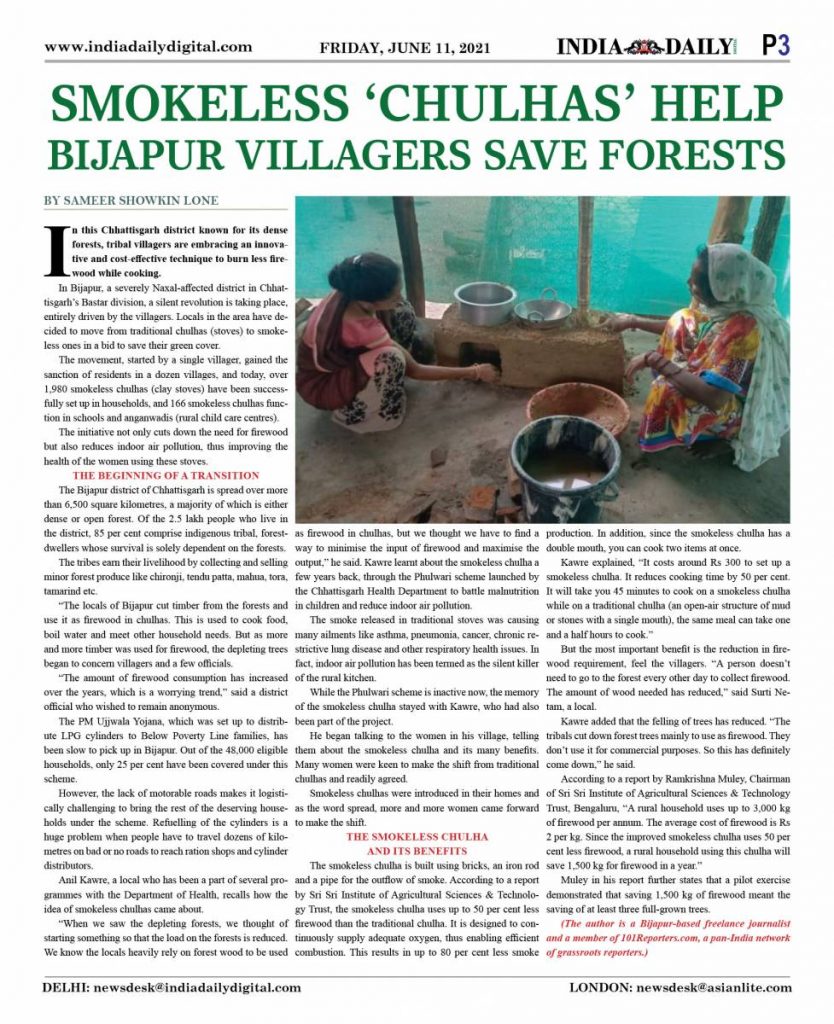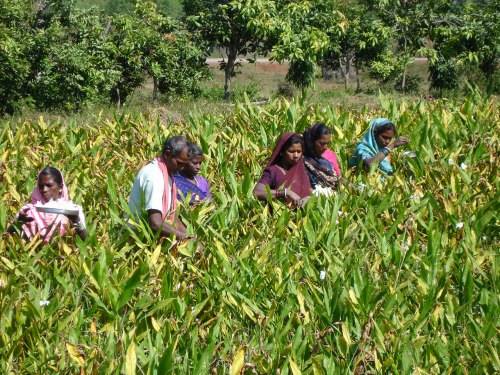Amid suspense over Chief Ministerships, Prime Minister Narendra Modi and Union ministers S Jaishankar, Amit Shah and Ashwani Vaishanaw were among other MPs who arrived today morning in Parliament to participate in a key BJP Parliamentary party meeting…reports Asian Lite News
The Bharatiya Janata Party (BJP) which has emerged victorious in Madhya Pradesh, Chhattisgarh and Rajasthan in the recently concluded Assembly polls is likely to introduce fresh faces for the post of Chief Minister in these three states, a source said on Wednesday.
Prime Minister Narendra Modi and Union ministers S Jaishankar, Amit Shah and Ashwani Vaishanaw were among other MPs who arrived on Thursday morning in Parliament to participate in a key Parliamentary party meeting of the Bharatiya Janata Party (BJP) today.
BJP President JP Nadda met PM Modi and Amit Shah at the PM’s official residence on Tuesday evening to discuss the chief ministerial probables for the three states. The meeting, according to sources, lasted over 4 hours. It was decided during the meeting to introduce young leaders as chief ministers who have the potential of being seen as the ‘face of the party’ for the next 20-25 years.
Sources said that keeping this particular point in mind, it was decided that Parliamentarians and Union Ministers would resign and get actively involved in state politics.
On high command’s direction, ten BJP MPs including two union ministers who won the assembly elections resigned from the Lok Sabha on Wednesday. Parliamentarians from Madhya Pradesh like Prahlad Patel, Narendra Singh Tomar, Rao Uday Pratap, Rakesh Singh and Riti Pathak resigned on Wednesday from Lok Sabha membership.
Both Patel and Tomar are ministers in the PM Modi-led Cabinet, and they are likely to resign as ministers soon, a source said. The two Ministers are also being counted among the prime contenders for the post of Chief Minister.
Besides, Rajyavardhan Singh Rathore and Diya Kumar — both from Rajasthan, have resigned as Lok Sabha member.
Another BJP leader from Rajasthan, Kirodi Lal Meena, who won Assembly polls in the desert state, has resigned as a Rajya Sabha member.
Two other MPs — Baba Balaknath and Renuka Singh — are also expected to resign as parliamentarians soon. Singh is also a Union Minister, and she is likely to resign from the Union Cabinet.
Arun Sao and Gomati Sai, two MPs from Chhattisarh — another state where the BJP registered victory and wrested power from the Congress, also resigned from the Parliament’s Lower House on Wednesday.
A total of 21 MPs were fielded in the three states — Madhya Pradesh, Chhattisgarh and Rajasthan, by the BJP. Of them, 12 emerged victorious.
Among fresh faces, Union Minister Jyotiraditya Scindia’s name is one of the most discussed one, a source said.
If incumbent Shivraj Singh Chouhan is not given the CM post for the fifth time, the BJP is likely to be one of the leaders among Scindia, Tomar, Patel and Kailash Vijayvargiya.
In Rajasthan, the BJP is likely to introduce a new face as CM instead of senior party leader Vasundhara Raje. However, amid suspense, Raje arrived in the national capital on Wednesday evening.
Speaking to reporters at the airport, Raje, who secured a fresh term in the Assembly from the Jhalrapatan assembly constituency, said, “I have come to visit my daughter-in-law.”
Diya Kumari, who is also from a royal family like Raje, might be among the contenders for the CM post considering she is younger, and also has the prospect of becoming another CM, sources said.
Besides, Baba Balaknath, a Hindutva face, could also emerge as a CM face, on the lines of Uttar Pradesh Chief Minister Yogi Adityanath.
Also, Union ministers Arjun Ram Meghwal and Gajendra Singh Shekhawat, Lok Sabha Speaker Om Birla, senior BJP leader Kirodi Lal Meena and Rajasthan unit BJP chief CP Joshi are also among the CM contenders.
Meanwhile, in Chhattisgarh, tribal faces of the state — Union Minister Renuka Singh, former state unit president Vishnudev Sai, and current state president Arun Sao, and former IAS officer OP Chaudhary, are being considered as CM probables.
According to sources, the high command is likely to appoint a Chief Minister along with Deputy Chief Ministers in the three states.
The BJP would soon finalise the names and a final decision would be taken at the BJP Parliamentary Board meeting following which the party would announce the Chief Ministers’ names.

